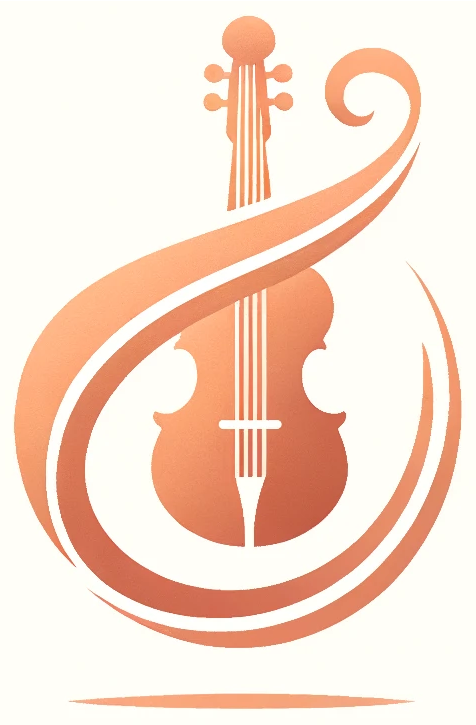What is a 'baroque violin'?
This is just for those of you who wonder what a baroque violin is all about. It's far from conclusive, but I hope it'll be a useful introduction.
The violin developed in the early part of the 16th century in northern Italy and by the second half of the century it had basically become the instrument we know today as far as measurements, form, number of strings and tuning are concerned. Set-up, playing techniques and playing style were different though and evolved over time to what we are used to today. Accordingly, there are two approaches to playing music from earlier periods: using modern instruments and techniques and interpreting the music in a contemporary way, or trying to play the music the way it sounded at the time it was composed. For these 'authentic' performances musicians and instrument makers recreate period instruments and playing styles from historic documents and surviving (unaltered) instruments. Many old violins still played today started out as baroque violins and were only modernized in the 19th or 20th century. In some cases they have now again been 're-baroqued' for authentic playing.
It is important to keep in mind, that in past centuries the violin and its set-up weren't as standardised as it is today, but generally a baroque violin may differ from a modern violin in the following ways:
- Shorter neck, hardly or not at all angled back from the top.
- Shorter, wedge shaped fingerboard made from a softwood core with hardwood edges and with an ebony or hardwood veneer on top. Originally it would also have been wider and less rounded than today.
- Generally lower and more massive bridge, though there was a wide variety of bridge shapes.
- Usually plain gut strings, thought first experiments with making metal wound strings date as far back as the 17th century. It is customary for many baroque players to tune to 415 instead of 440 Hz, reflecting a generally lower tuning pitch in the Baroque.
- No chin or shoulder rest. The violin was played held against the chest or on the shoulder with or without chin contact.
- Veneered or carved tailpiece matching the fingerboard. Fine tuners, as well as the steel E-string are 20th century inventions.
There are more, less immediately visible differences, for example in the construction of the violin. There was also a preference for higher arched Stainer- or Amati type instruments over the lower arched Stradivari model favored today. The powerful sound of a modern violin would have been considered too rough and sharp in the baroque time. Achieving a beautiful tone was considered more important than getting a lot of volume.
